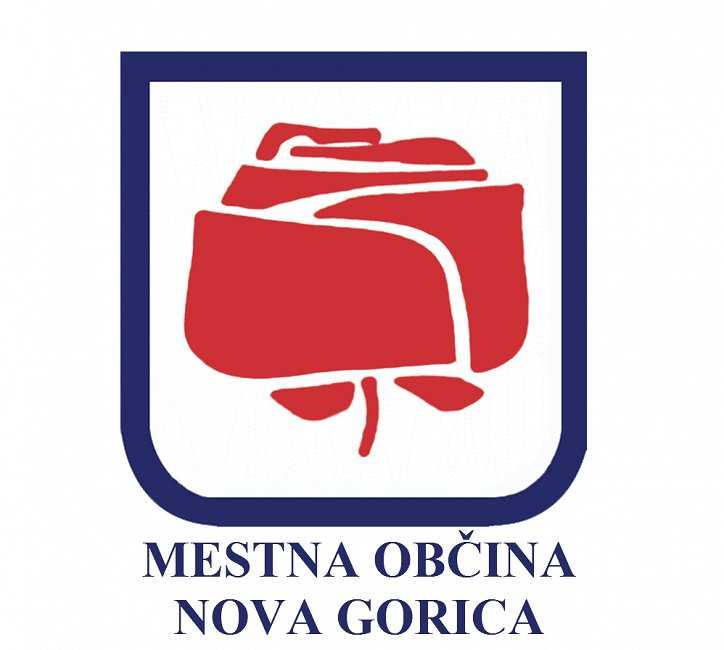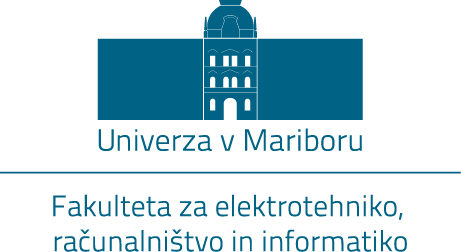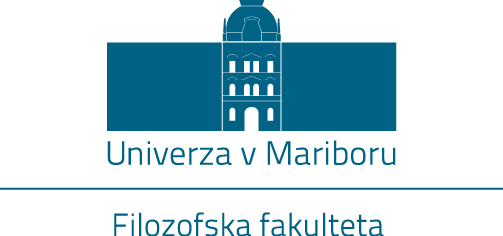The portal was established as part of an applicative research project:
Mapping the Urban Spaces of Slovenian Cities from the Historical Perspective: Modernism in Nova Gorica and its Contexts – Modmapng (Mapping Modernist Nova Gorica)
Project number:
L6-8262
Project webpage at SICRIS:
Financed by:
The Slovenian Research Agency
Co-financed by:
Municipality of Nova Gorica
Slovenian Academy of Sciences and Arts
Project duration:
1 May 2017 – 30 April 2020
Project developer:
France Stele Institute of Art History ZRC SAZU
Participating organisations:
Department of Art History, Faculty of Arts, University of Maribor (FF UM)
Institute of Informatics, Faculty of Electrical Engineering and Computer Science, University of Maribor (FERI UM)
Project leader:
Assist. Prof. Helena Seražin, PhD
Co-workers:
Assist. Prof. Franci Lazarini, PhD, coordinator at FF UM
Prof. Marjan Heričko, PhD, coordinator at FERI UM
Nejc Bernik
Alenka Di Battista, PhD
Klavdija Figelj
Jernej Huber, FERI UM
Mitja Gradišnik, FERI UM
Assist. Prof. Katarina Mohar, PhD
Assoc. Prof. Barbara Murovec, PhD, FF UM
Barbara Vodopivec, PhD
Project contents:
The project is an applicative research, which includes an art historical approach to researching urban history on the example of Nova Gorica, a town newly established after the Second World War at the far west of present-day Slovenia. The set methodology of research work, which predicts field work, the documentation of architectural and art monuments, the study of archival, written and art sources, their analysis, and comparison, is built upon with contemporary methods of digital humanities (e.g. mapping and 3D models). Since basic art historical research is usually available only to a small circle of interested individuals, these methods are especially beneficial for collecting, processing and disseminating data. For this purpose, one of the goals of this project is to establish a web portal with contents modified for the public and presented in a non-technical, illustrative manner. Pocket publications about individual monuments in the town as well as an art guide of the Municipality of Nova Gorica are being prepared in the hopes of popularising modernist heritage and, indirectly, preserving the architectural and art monuments of the town and its wider surroundings. The results of the project are being used in pedagogical and research processes, in which members of the project group participate, while new findings were placed in a wider context at an international conference that was organized for this occasion. These results represent important professional guidelines and criteria for the Municipality of Nova Gorica to appropriately evaluate and learn in-depth about the mentioned modernist architecture and the corresponding open public spaces in the town, equipped with public monuments and other works of art, as well as practical instructions on how to renovate and adapt this heritage to the needs of modern man. Last but not least, part of the material gathered within this project represents the basis on which an art topography of the entire area of the Municipality of Nova Gorica will be prepared.
In the scope of the project, a fundamental comprehensive scientific art historical research of the post-war urbanism, modernist architecture, and visual art of Nova Gorica has been carried out, with which the town was placed in its relevant historical context. The results of the research also serve as the basis for creating the guidelines for better protection of post-war heritage in Slovenia, as well as help set the foundations for the preparation of appropriate urban and conservation plans of similar urban settlements. Comparative studies with similarly designed towns elsewhere in Europe, particularly in the area of Slovenia and the entire former Yugoslavia, place Nova Gorica in a wider international context for the first time.
The co-workers of the research group (France Stele Institute of Art History ZRC SAZU and the Department of Art History FF UM) pay special attention to how the town of Nova Gorica has grown over time, to its on-going adjustments to the changing socio-political and economic circumstances, as well as to concurrent theoretical urban guidelines. Research on the residential architectural fund is also closely examined, especially the analysis of the typology and building technology of individual residential building complexes and the topical issue of how to renovate them appropriately. The concept of the town centre with public infrastructure, modernist industrial architecture, its decline and the possibilities for its revitalization, the issue of religious architecture in modernist socialist towns, of visual art in public space and the visual presentation of power in modernist towns, as well as the issue of continuity of the urban space and the town’s identity, specific for the area of Gorica, are thoroughly researched on the example of Nova Gorica.
The FERI UM Institute of Informatics participates in researching the field that concerns the development of the web portal. It is focused on evaluating and choosing appropriate technologies as well as optimizing and ensuring the portal’s adequate capacities based on the specificity of the volume/quantity and the type of data that should be effectively stored and transferred over the network. The portal is based on a WordPress platform.
Project group bibliography:
http://izumbib.izum.si/bibliografije/N20171206150010-L6-8262.html





